In the aftermath of the earthquake that struck the Italian town of Amatrice and its surrounding region on 24 August 2016, Italian authorities requested the help of the EU-funded TRADR project. The project stepped up to the plate and quickly deployed two Unmanned Ground Vehicles (UGVs) and three Unmanned Aerial Vehicles (UAVs) to the devastated region.
The EU-funded XP-DITE project is trialling the world’s first security system that could halve security time at airports by combining EU and US checkpoints into a single checkpoint.
To address the evolving cybersecurity threat, the EU-funded SHARCS and PQCRYPTO projects are developing the security paradigms, architectures and software needed to ensure our ICT systems are secure and trustworthy.
Researchers from the EU-funded VUELCO project have found that the build-up of magma 6 kilometres below El Salvador’s Ilopango caldera means that the country’s capital, San Salvador, may be at risk from future volcanic eruptions.
Tragic events such as the recent Brussels Airport bombing have enlightened the need for stronger security measures and improved technologies. This is one of the applications the MIRPHAB project team had in mind, as they unveiled a chemical sensor capable of detecting the likes of drugs and explosives from a distance of 30m.

EU researchers have developed tools and guidelines to help protect Europe’s spice and herb commodity chains from deliberate, accidental and natural biological and chemical contamination.
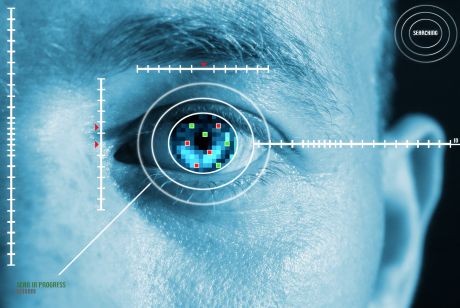
Faster, better and more powerful facial recognition software has been developed, promising to enhance security surveillance in sensitive public settings with numerous people.

Social media networks can access personal information about their online users, often without their knowledge. New online tools and guidelines can help users protect themselves.
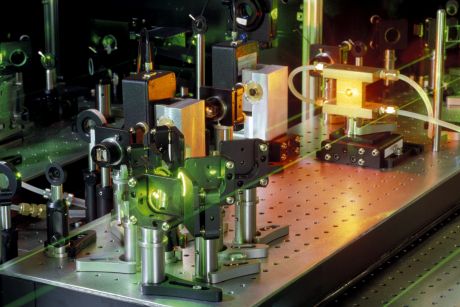
Scientists have successfully produced portable coherent light sources emitting at the mid-infrared (mid-IR) that can find use in imaging and sensing applications.

An EU team developed separate parachute soft-landing systems for two kinds of small aircraft. The different versions, plus associated subsystems, were successfully shown to be either deployable by the pilot or by remote activation.
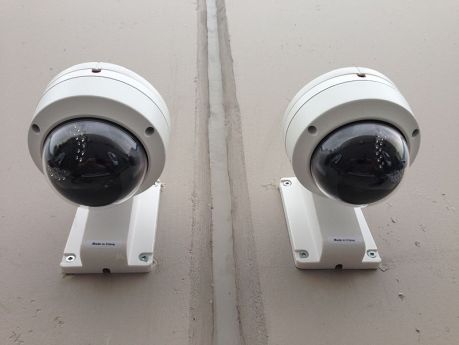
An EU team created a novel system of linked encoders and analysers, optimised for automated video monitoring applications. Outcomes included efficient new pipeline software offering various performance improvements, such as superior tracking and stabilisation.
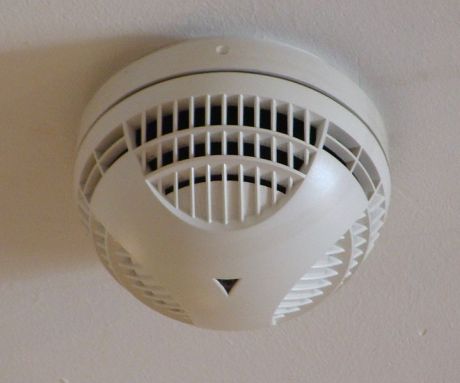
Airborne biological agents can be easily detected and analysed with the aid of a portable device developed by an EU-funded consortium. The system will facilitate a rapid and potentially life-saving response in the case of bioterrorism or an accidental release from a laboratory.

An EU team developed a set of utilities that aid in the assessment of urban dangers. The tools include information sources of a structural or event-response nature, to be used alone or together with a decision-support module.

Hackers often break into smart cards and other secure technologies, undermining current cryptographic technology. One enterprising EU-funded project is helping to overcome this challenge.
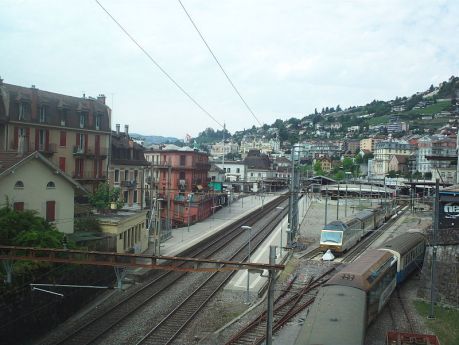
Ultrasound is commonly used to detect structural damage in rail infrastructure, but current technology is not useful for safety-critical crossing points. An EU initiative delivered the much-needed inspection system.
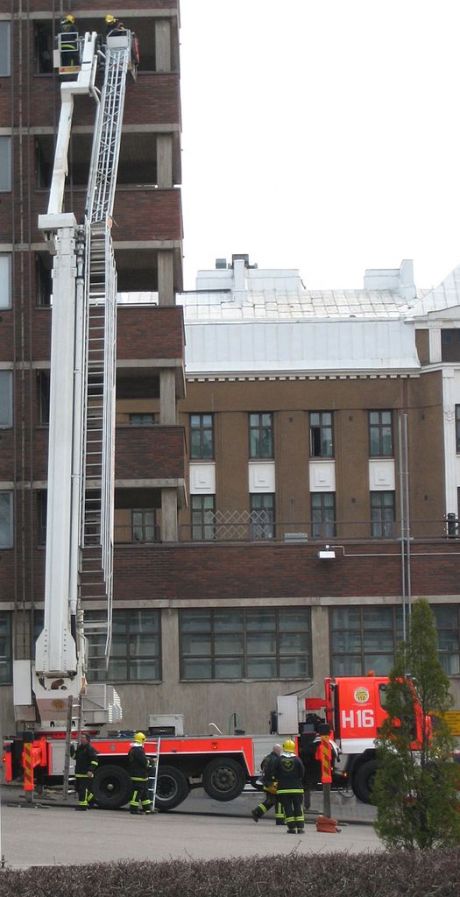
A study of steel beams and concrete floors has supported our understanding of how buildings react during fires, helping to promote fire safety in Europe.
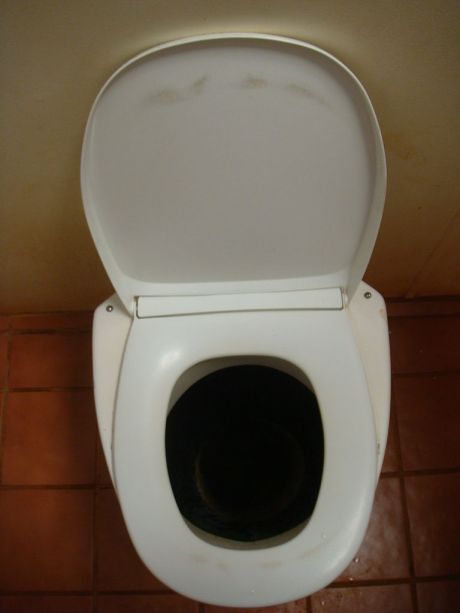
High-tech sensors placed in sewer systems across European cities could one day help detect and dismantle bombs before they explode. The technology is already available.
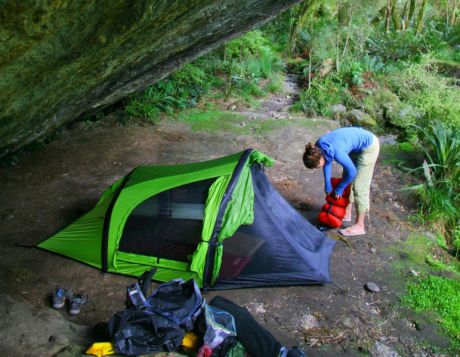
Natural disasters such as earthquakes, floods and wind storms render thousands of people homeless every year. Portable, environment-friendly inflatable structures can provide a safe temporary emergency shelter for people without a roof.
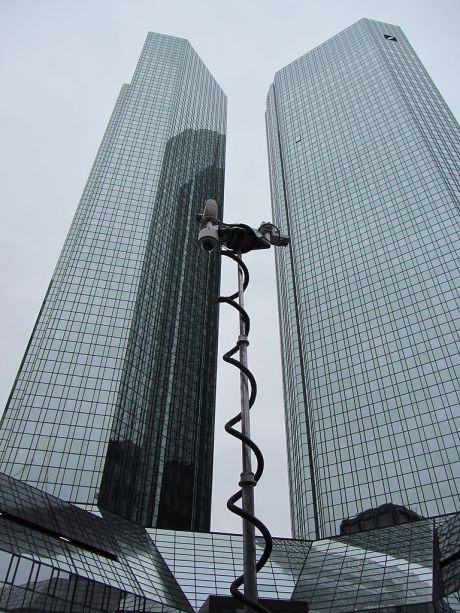
Does more security invariably lead to less privacy? An EU initiative looked into the trade-off thinking between privacy and security in order to provide new insight into the links between surveillance, privacy and security.
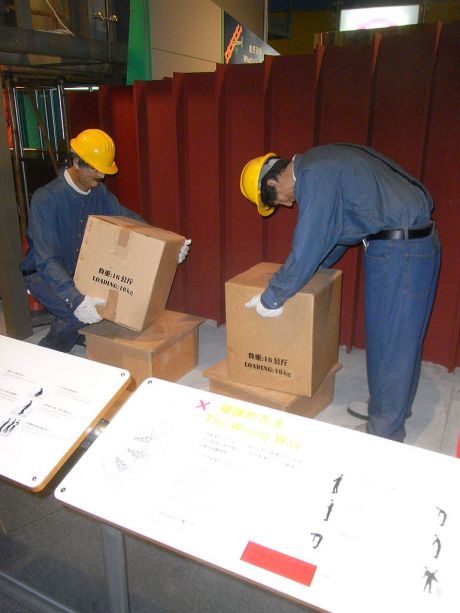
Better occupational safety and health (OSH) in the manufacturing industry can save lives and render the sector more competitive. An EU-funded project developed a new set of tools to further these aims.
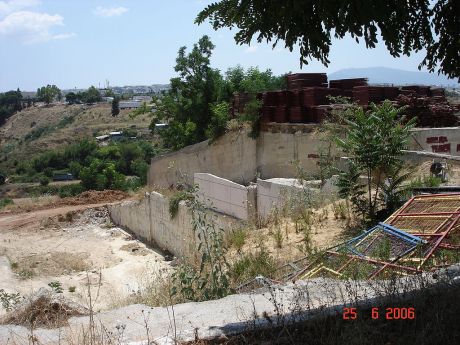
An EU initiative developed a multifaceted probabilistic system to forecast earthquakes in order to help protect vulnerable European cities, their inhabitants and infrastructures
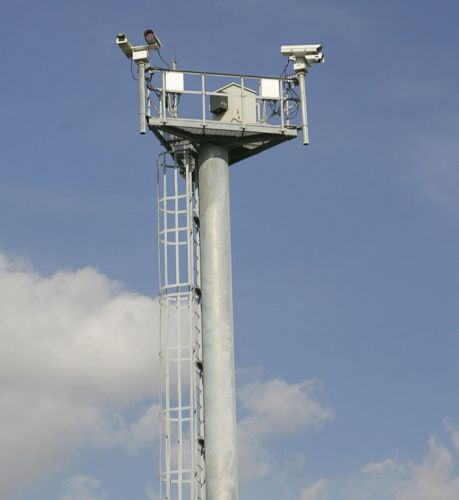
Smaller, faster and less expensive airborne sensors promise to advance and modernise monitoring of EU borders.
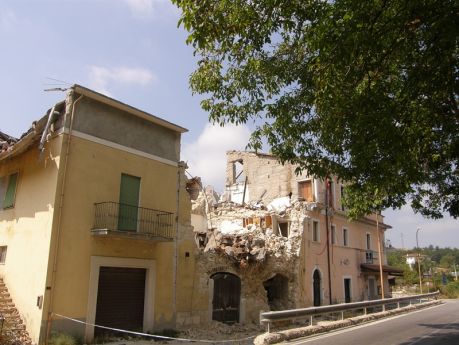
A new European initiative has collated earthquake risk information and services from a number of sources to better protect infrastructure and people against earthquakes.
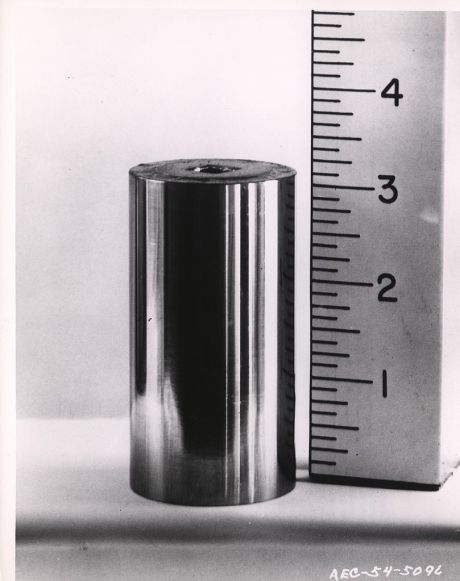
A consortium of European scientists has developed a system for preventing accidents or attacks involving radioactive and nuclear sources.
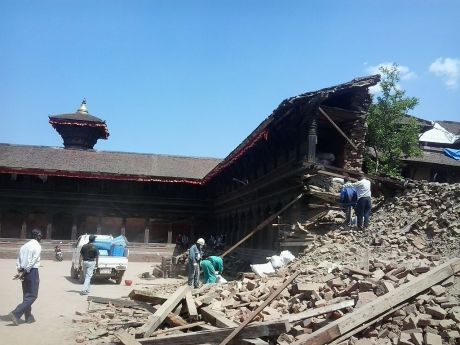
Energy-efficient flying robots could one day work together in 'swarms' to radically improve search and rescue operations.


















